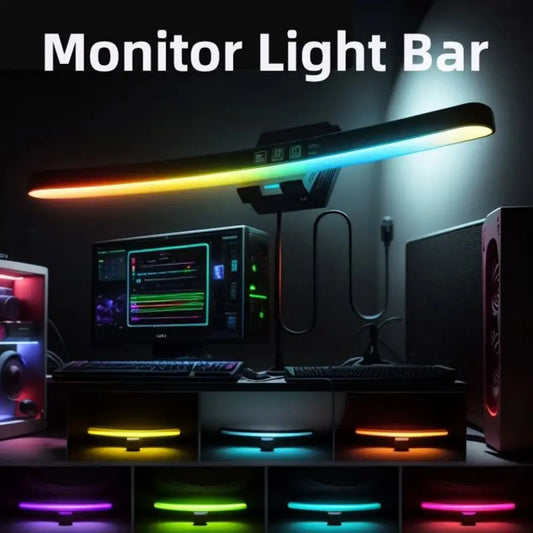Why Do Old Consoles Last Longer? How Are They Made? Is It Still Worth Buying in 2025?
Share
The allure of old game consoles continues to captivate many retro gaming enthusiasts and collectors, with some believing that older consoles not only last longer but also provide a unique, nostalgic experience that newer systems cannot replicate. But why do older consoles seem to have greater durability, and how are they made? Is it still worth buying them in 2025?
Let’s break down the reasons behind the longevity of old consoles, how they were made, and whether it's still worth investing in them.
Why Do Old Consoles Last Longer?
-
Simpler Design and Less Complexity:
- Older consoles, especially those from the 80s and 90s, were built with simpler technology compared to modern gaming systems. Early consoles like the NES, Sega Genesis, and Super Nintendo didn’t have the complex components or advanced features like modern consoles, which reduces the chances of something going wrong. With fewer moving parts and simpler circuit boards, there’s less that can wear out over time.
- Minimalistic Design: These consoles had less intricate components and were built with a focus on simplicity and reliability, unlike today’s consoles, which pack advanced processing power, graphics capabilities, and internet connectivity.
-
Durability of Components:
- Early game consoles were often built with sturdy materials that contributed to their longevity. Many of these consoles were constructed with durable plastic cases, and their internal components were typically resistant to the common issues that affect modern electronics, such as overheating and battery degradation.
- For example, the Super Nintendo (SNES) and Sega Genesis are known for their solid build quality and can often still be used in good condition even decades later.
-
Less Dependence on Software Updates:
- Unlike modern consoles, which rely heavily on firmware updates, security patches, and online connectivity, older consoles were less dependent on these factors. They often played physical cartridges, and there wasn’t a need for constant software support or digital downloads. As a result, there was less that could go wrong, and consoles didn’t become obsolete as quickly.
-
No Obsolescence:
- Older consoles were designed to run specific games and hardware for their lifespan, and that lifespan was often several years or more. Software obsolescence isn’t a concern for older systems since they didn’t need to keep up with the constantly evolving technology seen in modern consoles.
-
Built to Withstand Physical Damage:
- Early consoles were often more rugged because they were designed for use in homes and environments where they might be exposed to physical stress. The cartridge-based systems (like the NES or Game Boy) were less likely to suffer from issues that modern disk-based systems face, such as scratches or data corruption.
How Are Old Consoles Made?
-
Simple Circuitry and Components:
- Old consoles typically used simpler circuit boards and relied on basic processing units. For example, the NES used a 6502 processor, which was a relatively basic microprocessor by today’s standards. These consoles also often had RAM that was far less sophisticated than what is found in modern systems.
- The components were manufactured to be cost-effective and sufficient for their purposes. There weren’t any complex cooling systems, high-performance processors, or cutting-edge graphic technologies—just the essentials for playing games.
-
Modular Design:
- Many retro consoles had a modular design, which meant individual components (like the controller ports or the power supply) could easily be replaced or fixed. This made maintenance easier and meant that parts could be swapped out without major disassembly or technology upgrades.
-
Cartridges and Physical Media:
- Older consoles often used cartridges (like the SNES and Genesis) as the primary method of game distribution. These cartridges were not only durable but also required little to no special installation. Simply plug the cartridge into the system, and you were ready to play. This method also eliminated the need for downloads, updates, or storage issues, which can be a problem with modern gaming consoles.
-
Limited Feature Sets:
- Consoles from the 1980s and 1990s didn’t focus on high-end features like 4K resolution, virtual reality, or cloud gaming. They were primarily designed to play games, and that single purpose allowed engineers to focus on making the console as durable and reliable as possible.
Is It Still Worth Buying Retro Consoles in 2025?
The answer depends on what you're looking for in your gaming experience. Here are some reasons why you may want to buy a retro console in 2025:
1. Nostalgia and Collectibility:
- If you grew up playing the Super Nintendo, Sega Genesis, or PlayStation 1, revisiting these old consoles can bring back a flood of memories. Retro consoles also hold collector value, and owning a well-preserved unit can be a source of pride and nostalgia. Vintage games like Super Mario World, Sonic the Hedgehog, and The Legend of Zelda: A Link to the Past still have a dedicated fanbase.
- For some, it’s more about the experience of playing on the original hardware, feeling the authentic retro controller, and reliving the joy of discovering games that were once revolutionary.
2. Affordability:
- Compared to modern gaming consoles that can cost $400 or more, many retro consoles and games are relatively affordable today. You can pick up an NES, SNES, or Genesis on sites like eBay or Amazon for a fraction of the cost of a current-gen console.
- For those who are simply looking to enjoy classic gaming without spending a lot of money, retro consoles can offer significant value.
3. Simple Gaming Experience:
- Retro consoles offer a straightforward gaming experience. There are no updates to download, no online subscriptions to worry about, and no complex settings to configure. Just plug in the console, insert the game, and you’re ready to play.
- For gamers who prefer simplicity over complexity, this old-school approach to gaming can be refreshing.
4. Reduced Risk of Overheating or Failure:
- Unlike modern consoles, which can suffer from overheating, hardware failure, or software issues due to their complexity, older systems are less prone to these issues. Many of these old consoles are still functioning well after decades of use because their reliable, minimalist design made them durable and long-lasting.
5. Availability of New Retro-Style Consoles:
- Even if you can’t find the original hardware, miniature versions of classic consoles like the SNES Classic, Genesis Mini, and PlayStation Classic have been released in recent years. These mini consoles come pre-loaded with a selection of classic games and offer an easy way to enjoy retro gaming on modern televisions.
- You also have the option of using retro emulation on modern devices or purchasing digital versions of classic games through platforms like Nintendo Switch Online, PlayStation Network, or Xbox Game Pass.
6. Gaming on a Budget:
- Retro gaming provides an affordable entry point into the world of gaming. The games for older systems are often much cheaper than their modern counterparts. You can find games for older consoles in secondhand stores, flea markets, or online auctions, and they are generally more cost-effective than current-gen titles.
Final Thoughts: Is It Worth Buying a Retro Console in 2025?
Yes, it can absolutely be worth buying a retro console in 2025—especially if you’re interested in experiencing classic games, enjoying nostalgia, or seeking a simpler gaming experience. The affordability and durability of retro consoles, combined with their unique charm and collectibility, make them highly appealing.
Whether you're a collector, a nostalgic gamer, or someone looking to relive the golden age of gaming, retro consoles have a lasting value that modern consoles can’t quite match. If you want to enjoy the best of retro gaming, now is the perfect time to buy and experience these timeless classics.




